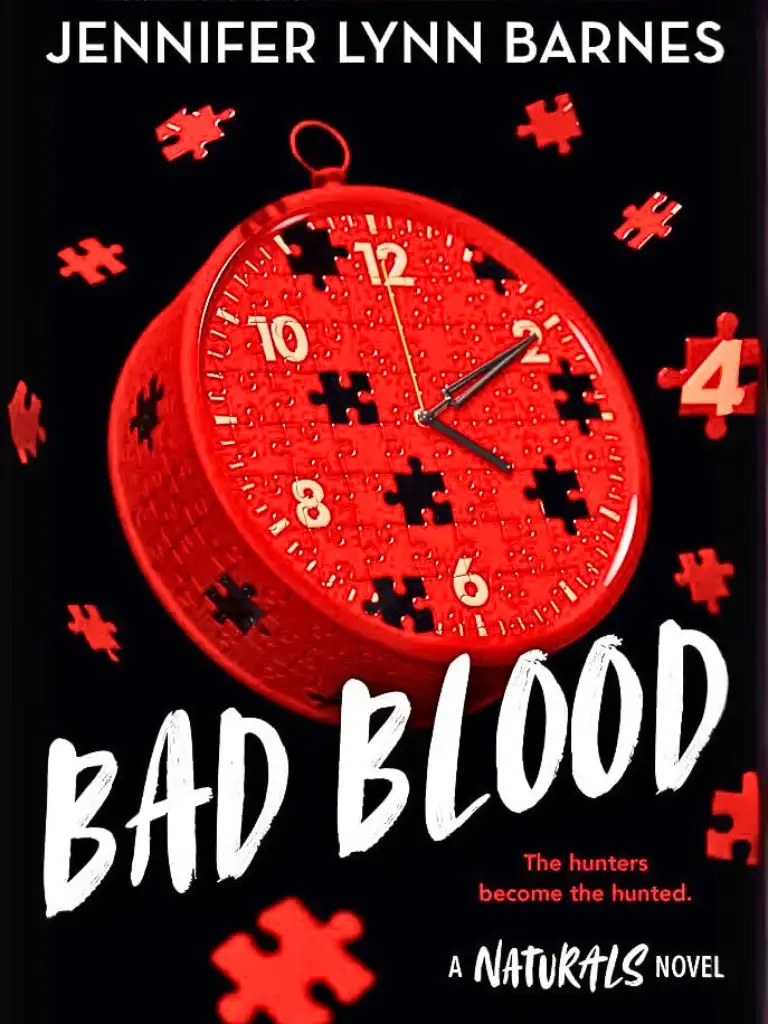FOWLER LOOKS up at the crew, seeming to realize we’re still here.
“Right. Well, that’s a long way to say that there are many variables that go into making sure we reach the Alpha artifact. Ultimately, we have to be sure we’re sending you all up with enough fuel to haul all of the scientific equipment we need to figure out what this thing is.”
Chandler seizes the opening. “Well said, indeed. I believe that’s where we should focus: on the scientific payload. Once we determine that, it seems the balance of the manifest should be crew and provisions, with the remainder dedicated to fuel and propulsion—as much as we can get.”
I agree. The others seem to as well.
Chandler motions to a young man at the back of the room who has the look of an eager post-doc. He passes out stapled sheaves of papers to the crew and the NASA staff. It’s a wish list of equipment Chandler wants— everything from drones to lasers to a robotic arm for the ship. This stuff is going to weigh a ton. Lots of tons, technically. No way we can manage all this and extra fuel.
I skim the list while he talks (which he likes to do). I finish it about halfway through his monologue, and I do what I used to do in his class: ask myself, Is there a better way? The answer is yes.
When Chandler finishes speaking, I raise my hand, as I used to do in his class. There’s a moment of confusion between him and Fowler about who should give me the floor.
“It’s a good list,” I say. “Some very useful items here. I think we’ll have to take some of what you describe. The arm, for one. However, I’d like us to entertain an alternative for the bulk of the equipment.”
Chandler leans back in his chair and exhales.
I continue. “I don’t favor taking pre-built items that aren’t ready-made for our task. Drones, for example. They may get the job done, but it’s a long shot. And we’ll have no support—their creators are going to be twenty million miles away. No answers when we need them. We probably won’t even be able to figure out how to repair them. That would be fine if we had unlimited cargo capacity, but of course we don’t—and this list would add up to a lot of unnecessary weight.”
Fowler cocks his head. I think he knows where I’m going.
Chandler clearly doesn’t. “Well, we launch in twenty-four hours, so we have to take something, and we can’t wait for new equipment to be built. This manifest is the best we can do.”
“Not necessarily.”
“Necessarily, it is.” Chandler motions to his assistant. “We’ve done the research.”
“But you haven’t considered the alternative.”
He glares at me like an animal ready to pounce. He wants nothing more than to rip me apart. I don’t react. I’m sure that angers him even more.
“After launch,” I say casually, “we have four months’ travel time to the Alpha artifact. Each ship has a roboticist and a software engineer. If we launch with the right raw components, we can build what we need while en route. We turn each ship into a robotics lab.”
Chandler scoffs. “Ridiculous.”
“It will halve the weight that would be required for all this equipment. And when we arrive, we’ll have better tools—tools that we understand completely. And can repair. And repurpose if needed.”
“I like this idea,” Grigory says.
Lina nods. “So do I. I can take some base code and frameworks and write the software. No problem.”
Chandler actually looks scared now. “It’s… well, frankly…” His voice falters. “Look, what if you take the wrong components? Or you’re missing a part?” He has his stride back now, the TV debate skills kicking in. “And as you so eloquently reminded us, Doctor Sinclair, Earth is twenty million miles away. You can’t order what you don’t have. And there’s no tech support on what you do have.”
“Why would you need tech support to help you with something you built yourself? And if you don’t have a part, you simply design around it.
Build whatever you can with whatever you have available.”
Chandler looks into the pit at Fowler. “I can’t avoid this any longer. I have to formally protest James Sinclair’s involvement in this mission. He’s reckless and careless. He has bad judgment. Judgment bad enough to land him in prison.” He looks at the rest of the crew. “And on this mission, that could get us all killed—or prevent us from learning what the artifact is, which I consider worse.”
Around the room, eyes glance at me and then down and away, as if they’ve just seen a kid getting beat up on the school playground and know they can’t help. That’s about what I feel like. I have a bloody nose, and I’m down, but I’m not out. I’m boiling with rage.
It’s all I can do not to shout my response. “Your problem is very simple, Dr. Chandler: you can’t do the work. Out there, we’re going to have to build what we need, and repair it. You might have been able to do it twenty years ago, maybe even ten, but since then you’ve been doing nothing but giving TV interviews and delivering paid lectures. That won’t do us any good where we’re going.”
Chandler stands and points at me. “I was inventing things when you were still crapping your pants—”
Fowler holds up his hands.
“Gentlemen, please. We don’t have time for this.” He eyes Chandler for a long moment. “Dr. Chandler, NASA has never sent anyone into space under protest.” He points at the door, which an assistant opens. “We’re not about to start now. Please follow me.”
WHEN THE DOOR closes behind Fowler and Chandler, you could hear a pin drop in the room.
My heart is beating like a drum. I was geared up for a fight, and I can’t seem to unwind myself. My hands are even shaking.
Grigory leans back in his chair, getting my attention. “How much weight for your components?” His tone is nonchalant, as if nothing of note just happened.
“Don’t know yet,” I mutter.
He squints at me. “What do you need in order to know?”
“Answers. For example, once we reach the artifact, could we cannibalize parts of the ship without compromising our ability to complete the mission or get back home?”
“Possibly…” His head tilts back and he stares at the ceiling, as if taking a mental inventory of the ships. “Which parts are you interested in?”
FOWLER RETURNS WITH ANOTHER ROBOTICIST—DR. Harry Andrews. I’ve
met him a couple of times at conferences, years ago. He’s smart. And most importantly, he’s a working roboticist. Last I heard, he was in the private sector, at a conglomerate that let him tinker in his lab and avoid meetings and management. He’s perfect for this.
Seeing him makes me realize that there are people like Harry Andrews here on site, waiting. There are replacements for every one of us. Of course there would be. If one of us dies before takeoff—or during the takeoff— they need to be able to send someone else. And there will be no time to bring anyone else in.
Fowler confirms my thinking when he introduces Harry and says, “Dr. Andrews has been watching our meeting and is up to speed. So let’s pick up where we left off.”
Just like that, the conversation continues, as if nothing had ever happened. No objections. No comments. And the debate is different this time. It’s driven by facts. There are no personal attacks, only a discussion about the merits of an idea. We all know what’s at stake.
At a break in the debate, I ask the question that has gnawed at me since I saw the first image of the artifact.
“I think before we go any further, we should consider all the possibilities for what the artifact represents. We need to prioritize our theories if we are to prioritize our payload.”
“Is obvious,” Grigory says. “Is causing the Long Winter.”
“Certainly, that’s the most likely possibility,” I say. “But that’s far from certain. What if we’re wrong?”
There’s silence around the room.
Min speaks up. “It could be a scientist or explorer—not causing what’s happening, just here to observe.”
I nod. “And unable to stop it.” I let those words sink in. “And there’s another possibility.”
All eyes turn to me.
“What if it’s been here all along? What if it’s been adrift for eons, and we just now found it because we just now looked hard enough?”
Harry Andrews looks over at me. “It is small enough to be missed by our telescopes—especially if it hasn’t been moving a lot. For all we know, an ancient civilization on Venus launched it a billion years ago. They didn’t bother to clean up when they left.”
“Or were destroyed,” Grigory adds. “There are other possibilities. Remember, there are two artifacts. What if they are at war with each other? Two space fighters racing through the system. And we are of little interest to them, like ant colony freezing to death while they race by on motorway.”
Charlotte Lewis, the Australian linguist and archeologist tasked with first contact, clears her throat and speaks tentatively. “Ever since seeing the picture, I have also wondered what the artifact might be. The obvious conclusion is that it’s a spaceship. But if so, what is its crew like? Are they humanoid? Insect-like? Or a lifeform with no analog here on Earth? Are they machines? Or is the artifact itself a machine, nothing more than a drone in space? Or could the artifact itself be alive—a species native to space? I’ve looked through the binder but found no answers. Does NASA have any clues to share?”
“No,” Fowler replies. “And I suspect we won’t have any answers to any of these questions before you all reach the artifact. Perhaps the best clue we have is the fact that the Alpha artifact reacted to the probe. Whatever it is, we know it is under power and aware of its surroundings. The event that affected the ISS and terrestrial satellites immediately followed the discovery of Alpha—that fact can’t be overlooked. So while James’s point is valid—it is entirely plausible that the artifacts have nothing to do with the Long Winter—that hypothesis would leave us with a number of coincidences. The timing of the artifacts’ discovery—right at the time when our planet is suffering from an unexplained decrease in solar radiation—the apparently hostile response to our discovery of Alpha, their courses, which put them en route to the Sun… it all strongly implies that the artifacts are somehow related to the solar anomalies causing the Long Winter. And more importantly… we hope that they are. Because if they aren’t… then the
Earth is dying, and we have no answers, no ideas on how to revive our planet.”
He turns away from us and paces across the pit. “We have explored all possibilities to enable the survival of the human race. Preparations are being made. But you all know that if solar output continues to fall, our chances of survival drop even faster. As it stands, we’re looking at a future in which, at best, a very, very small number of humans might survive. And the life they’ll inherit will be dark, and cold, and hungry. Those survivors may consider themselves the unlucky ones.”
Fowler looks around the room, staring each crewmember in the eye. “This mission is the best chance we have. We need to play to win. We must assume that the artifacts hold the key to our future, one way or another. If we are to survive, this mission has to end in one of two ways.” He looks at me, then at Major Hampstead. “Plan your payloads according to those two possibilities.”
Fowler leaves the two possibilities unspoken, but we all know what they are: we either make friends, or we destroy the artifact.
My fear is that we can’t do either.








